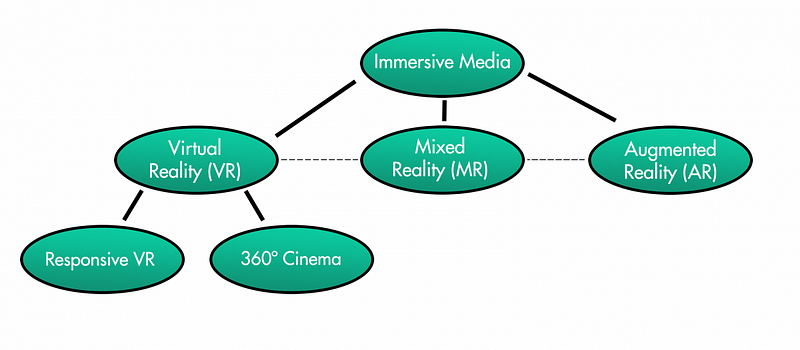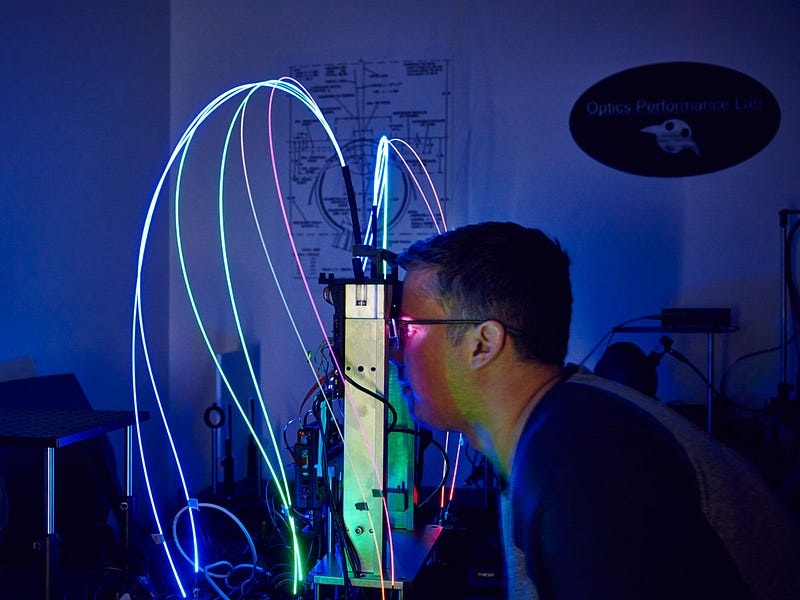
Immerse issue #1: On VR and empathy
Each issue we’ll serve up resources that add dimension to the topic addressed in the feature story. Got other recommendations? Let us know in the comments.
By Jessica Clark

- From our feature writer Janet Murray, don’t miss the now-classic Hamlet on the Holodeck, and her more recent Inventing the Medium: Principles of Interaction Design as Social Practice
- The Knight Foundation is making a half-million dollar bet with Google News Lab and the Online News Association on immersive storytelling. See Knight’s earlier report on the future of virtual reality in journalism.
- Wondering how to make your own VR masterpiece? See this series from Jessica Brillhart, principal filmmaker for VR at Google: In the Blink of a Mind. “Relationships between elements. Evolutionary psychology. Cultural norms. Spatial awareness. Identity. Discovery. Perception. Energy. All of these concepts and countless others can and should be harnessed by creators to better connect our visitors to the worlds we build,” she writes. Plus: “Perhaps studying Houdini wouldn’t be such a bad idea, either.”

- While we’re at it, let’s get our terms straight: are we talking VR or 360-degree video? Everyone keep it civil now. After all, “VR is (finally) departing the realm of novelty for the promised land of mainstream adoption. The language we build for it now will have a direct impact on the growth of these two emerging genres, which can determine how they grow and what they become.”
- One problem with calling everything “VR,” writes seasoned independent media scholar Brenda Laurel, is that “When we use the term just because it’s sexy, its meaning spreads like an oil slick over our media and dilutes it such a degree that we no longer know what it means.” She provides a handy checklist of core characteristics for VR, including using “the participant’s sensorium as a camera.”

- OK, so now you know what you’re making, and what to call it. Now who’s going to be experiencing it, and how will they feel? Design thinking to the rescue! See how two VR storytellers prototyped an audience experience. Takeaways? “There is no such thing as a neutral observer,” “looking is doing,” and the storyteller’s role is that of a matador—you can wave the cape to direct attention, but you can’t control the bull.

- Speaking of feelings, let’s move the VR debate beyond simple claims of “empathy,” argue the impact experts over at the Harmony Institute. “Saying VR is an empathy machine is like saying a paintbrush is an art machine.”
- Ava Kofman also considers this question in Guernica, writing “It would be naïve to assume that a single experience, in virtual reality or outside of it, would necessarily transform a lifetime of stored beliefs into a stroke of insight.”
- Finally, VR might be all the rage right now, but AR is hot on its heels. Read all about it in this Wired piece: “The Untold story of Magic Leap, the World’s Most Secretive Startup”. How does it work? “Artificial reality exploits peculiarities in our senses. It effectively hacks the human brain in dozens of ways to create what can be called a chain of persuasion.” Cool, right? But just in time for Halloween, also just a bit scary.
That’s it for now—check back next month for more deep reads on transmedia, mixed reality and more.
Immerse is an initiative of Tribeca Film Institute, MIT Open DocLab and The Fledgling Fund. Learn more about our vision for the project here.